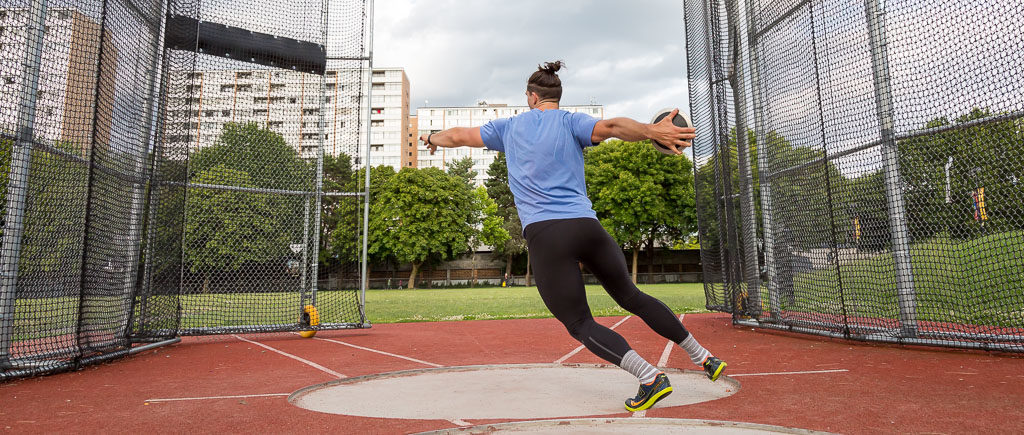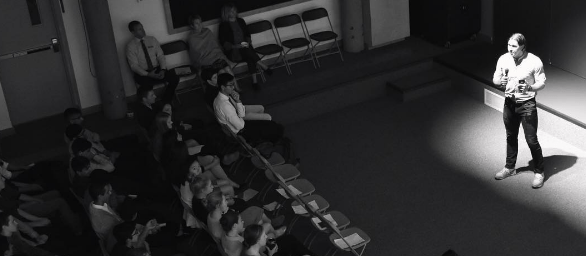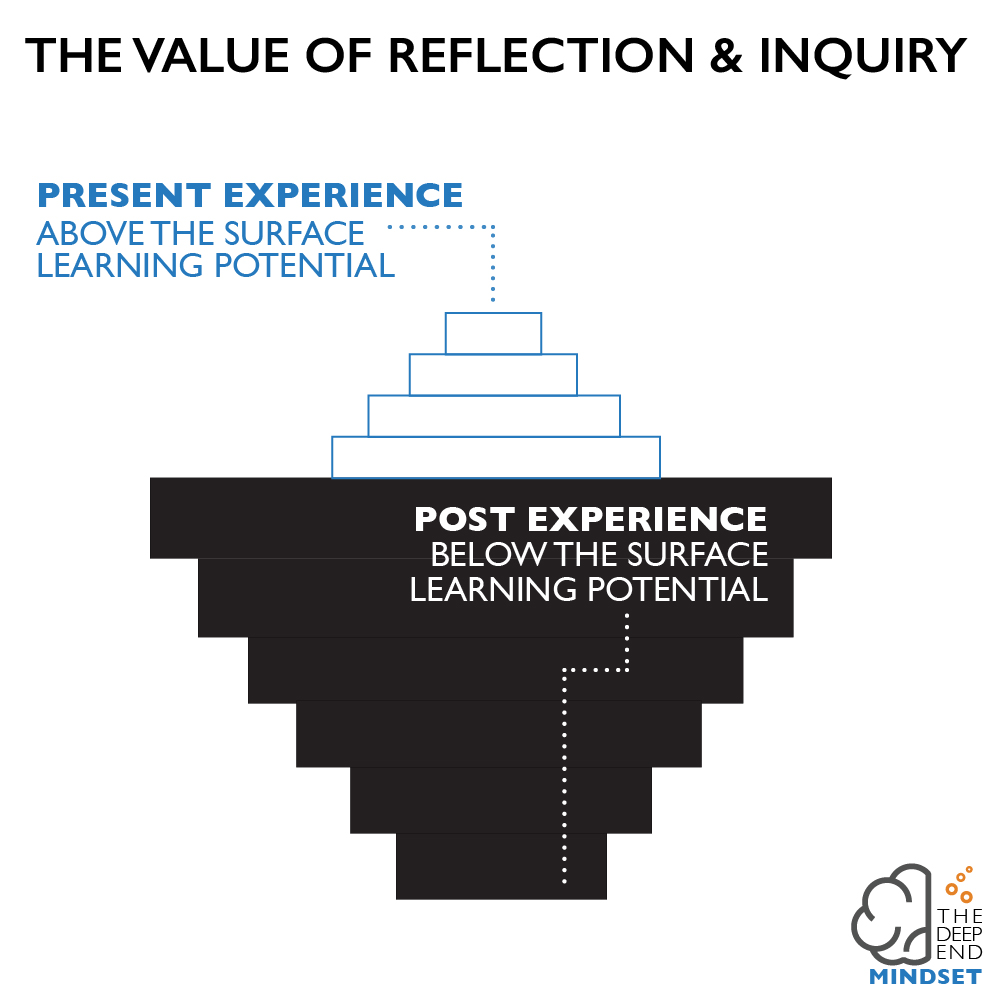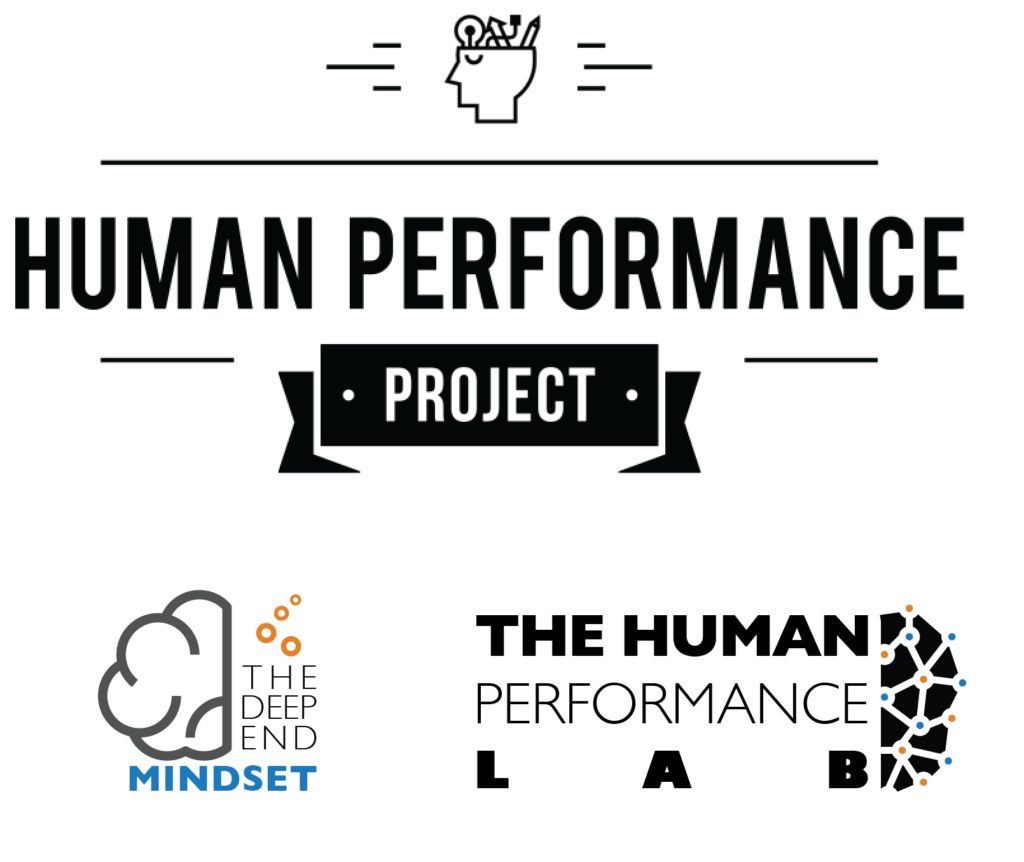The Lead up to Nationals
The story of this years Nationals starts several weeks ago with a mounting fear internally that I was working beyond my capacity for too long a period. In the back of my mind I knew I was walking a dangerous line in terms of keeping my head above water physically, mentally, emotionally and spiritually. On top of this I knew I needed to start thinking about architecting my runway to hit peak performance at the National Championships.
Strategy #1
My first mechanism to manage my workload and keep an eye towards peak performance was a religious ‘internal focus’. Time that I may have invested in fundraising, speaking at events or telling my story publicly was turned internal – focused on a simple question “How do I survive this chapter that feels unsurmountable… And how do I go beyond that and find my best lifetime performance at Nationals?”.
Believe it or not previous to implementing this first mechanism I was feeling victimized by my story. I was barely getting my head above water – day after day – struggling to earn enough money to pay all the bills, find enough family time to feel connected, take a breath to personally find myself and train enough to improve at the pace required.
Strategy #1.1
In a state of controlled emergency I started to identify and dedicate the smallest increments of time and energy to activities that were I defined as “energy filling”. For example, I began spending 10 or 15 minutes in our garden after I got home after the long day, on my hands and knees weeding. Yes, weeding. This has becoming one of the most therapeutic rituals I have included in my life. I began reading a new book to Tash at night before we went to bed. And most importantly I re-instated my meditation and journaling practice – 10 minutes of journalling and 10 minutes of writing every night.
The impact of owning the inputs
Within days I was noticing a difference. A change in energy, mood, resilience and confidence. I began skyrocketing.
Then a breakthrough at the track.
Playing around with a couple of new drills to better connect the transfer of energy onto the discus I felt something complete foreign.
The sling.
The sling is the feeling that occurs when the discus gains speed and acceleration at exactly the right moment through the final peak of the throw. When done correctly “the sling” is what leads to the effortless feeling of throwing the Discus huge distances.
I had never truly felt this before and the moment I let go of that first throw my eyes widened.
What the heck was that.
It felt incredible, and the discus seemed to effortlessly pop out of my hand with a beautiful high trajectory. Rep after rep in this drill which only considered about half of the technical throw I began to understand what this feeling meant.
There was only one problem, I was 2 weeks away from the National Championships and I was having no success connecting the dots from the back of the circle and the connection from the drill.
Disaster Looming
Weeks turned into days and I decided to go and compete at a local competition 6 days before Nationals to see if I could put the pieces together.
It was a colossal failure. I managed to throw a measly 46 meters half integrating this new technique at best while forgetting all the other important things I have learnt. I quickly dismissed the meet as I knew it wasn’t representative of what I was capable of. A small crack of doubt remained open in the back of my mind however, I knew I needed to prepare to have a painful and disappointing Nationals given my progression.
In the days leading up to Nationals I added an additional 1-2 dry technical sessions where I could isolate and focus on the leading indicators to finding that ‘sling’.
Challenge in resilience & capacity V.1
The hours leading up to my departure for Ottawa Tash and I struggled with the realities of this journey. We argued and fought over the things most important to us in life – family and our own personal identities both individually and as a couple. Eventually we were able to come together and renew our vows to support each other, to love one another, and find a way to thrive together.
And then I was off.
Dedicated time & energy to peak performance
As I settled into my hotel I realized this is the very first time since last years National Championships where I have had 2-3 days to fully prepare for a competition. A reminder in and of itself of how valuable this dedicated time of focus and energy alignment can be. Imagine if I had been fine tuning this preparation practice all year – the thoughts of figuring out how to train full time were flashing in my head…
The next thing I knew gameday was here and I was preparing to head to the track for my event. Sure enough as we pulled up to the stadium thunder and lightning struck. Yes, literal thunder and lightning – along with dumping rain rolled on top of the track.
Challenge in resilience and capacity V.2
Rain is the single most detrimental factor for throwing discus. Rain is never good – it makes it nearly impossible to keep a comfortable grip on the disc, and the ring’s personality immediately transforms into into a slick and sly villain – stealing throws from competitors due to slips and falls.
As I walked up to the Discus ring the senior women were warming up and I watched as the first woman into the ring doing a couple of turn drills immediately slipped and slammed right on her back.
Not good news. On top of that, our event was delayed by an hour to 8PM EST, or 11PM PST.
The Art of the “Steel”
It was at this point that I started to realize all of the work I had done over the last year to “steel myself” was paying off. This concept refers to the ability of assuming a total singular undistracted focus – a mind that is impenetrable by intimidation, distractions or obstacles. As many others began nervously complaining and worrying about the rain I found myself throwing my headphones on, grinning to myself and finding a space to warm up.
Another huge test of this improvement was the fact that the two top Discus throwers in Canada would be in attendance this year, Jordan Young and Tim Nedow. These two are flirting with World and Olympic standards in both Discus and Hammer Throw – they are also both enormous human beings clocking in at 6’7ish and in the 280-310lb range (I also came to learn as I got to know them that they are great guys and fierce competitors).
The last time I threw against world class athletes down in LA back in April I was embarrassingly laughed off the world stage – I acted like a complete imposter and crumpled under the pressure and intimidation.
This would be a great test.
To round out the playing field along with Jordan and Tim the two competitors who had come 1st and 2nd in last years Nationals were also in attendance having both entered with better qualifying distances – I came into the event ranked 5th or 6th.
Nevertheless there was something different about this time. I felt calm, focused and excited to compete and throw. I noticed the stands around the discus pit began to fill up and this too excited me – if I was in luck these fans would be in for a bit of a shock as the “Discus kook” from Vancouver stepped into the ring.
Dissecting the Peak Performance equation
I go in detail about how I was feeling and what my energy looked like before the event because this is the biggest determining factor of performance in Discus. The perfect discus throw is one where complete zen like relaxation and insane aggression dance ballet together – it requires not only massive amounts of explosive power and focus but also the ability to stay completely relaxed and loose through 99% of the throw until the final burst – the 1 inch punch.
To illustrate this, let me ask the question – do you remember the first time you had to get up and give a presentation, speak in front of a class, or do something that felt incredibly uncomfortable? Your heart rate may have sped up a bit, you may have gotten a bit shaky, do you notice your breath shortening or becoming anxious? Well, this was exactly what I looked like when I walked into the ring to throw down in LA at my first world competition. I remember having gulps of water minutes before I was called up to throw only to realize that my mouth was going dry in a matter of seconds. I was in full fledged fight or flight – panic attack mode.
My best throw from that meet in LA, 42 meters. My worst performance since throwing Discus over the last 2 years – 8 meters under my personal best.
The test of a competitor
As we moved from the marshalling tent to the field I walked amongst the giants and those who beat me last year with confidence. I almost didn’t even know they were there. As I warmed up I felt smooth and confident – even after throwing one of my warm up throws into the net, a somewhat embarrassing event as the disc falls in slow motion down to the cement where it makes a crashing clang and the whole crowd groans – I simply picked up my second disc, walked back in the circle and completely my best feeling warm up throw of the event.
I was ready.
Stepping onto the stage & finding Flow
As I let the first throw go I knew it was a good one.
53.10m.
A lifetime personal best and 3 meter improvement over last year’s National performance. I chuckled slightly to myself as the crowd watching was clearly a bit shocked that this random thrower no one had ever seen had just snuck into 3rd place.
Through the rest of the competition I wasn’t able to better that 53 meter throw, but for the first time it wasn’t nerves or for a lack of focus which has plagued me in previous meets – it was fatigue. By the 4th throw I realized I was running out of gas – a consequence of warming up for too long and not taking the delay into account.
Before this meet I had thrown over 52 meters once in my life. My series at Nationals was 53.10, 52,30, 52.70, 52,10, and 51.90.
As I debriefed with coach Garrett afterwards he kindly informed me that my practice throws were significantly better than any of my competition throws. Another encouragement I took with confidence not disappointment.
The seemingly insignificant ‘everything’ moments
It’s funny when I think of 53m, it is such a seemingly insignificant number in the context of this whole journey. Even in the context of this season I think I am capable of increasing that still by 2 or 3 meters more. But I couldn’t have been more proud after that 1st throw. I was beaming inside.
And the reason is an important one. If I zoom out and look at this journey, the only thing consistent throughout it all is how I show up and perform every individual day. The energy I can devote to training, the ability for me to sustain the effort of having a full time career and helping Tash raise our family – and most importantly how I show up to compete.
And through the 6 weeks leading up to Nationals I painstakingly was able to work my way through each of those equations and yet again have the best performance of my life.
This, is what leads to a framework, which can be applied to any pursuit, any endeavour and frankly to our entire lives.
And that is why I do this – it challenges me day in an day out, minute by minute to learn how to become my best self. And the next 3 years will only lead to more of that.
And maybe for this journey it will be more than 3 years… Garrett and I started casually talking about if I make my 2020 goal, what would 2024 look like. 😉
We as human beings are capable of anything.
The journey starts above our shoulders.




